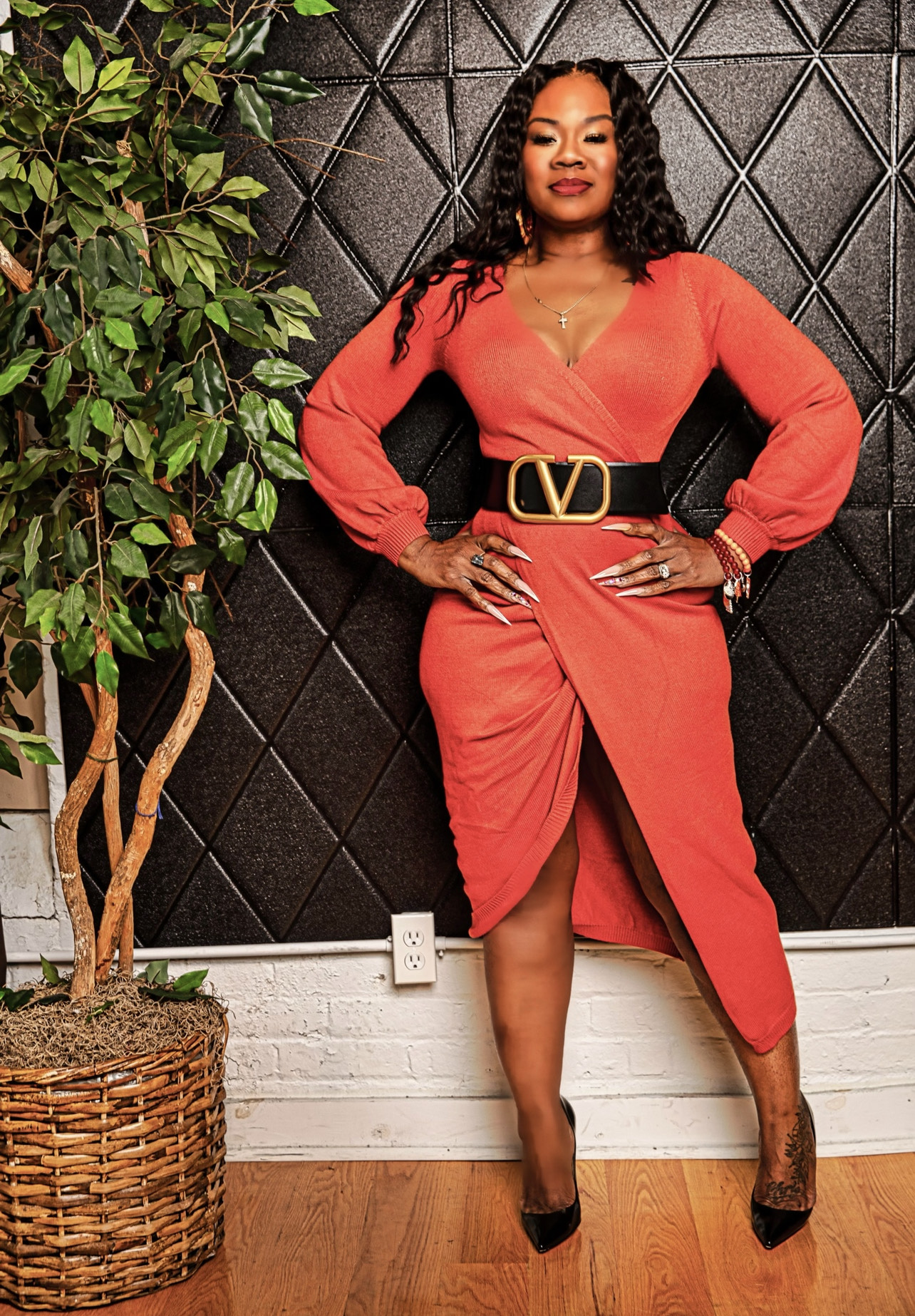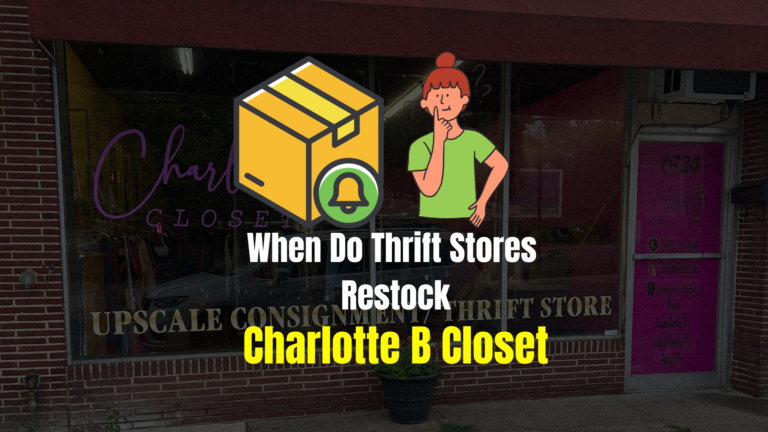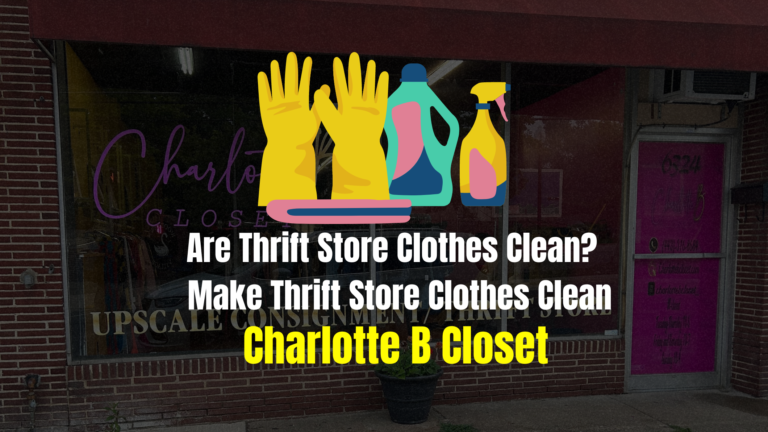Is Thrift Store Second Hand – Discover The Truth
Have you ever found yourself asking, “Is a thrift store second hand?” If so, you’re not alone. This question has likely crossed the minds of many thrift store shoppers and enthusiasts.
Yes, thrift stores sell second-hand/pre-loved goods, offering customers a unique blend of affordability, sustainability, and the opportunity to find one-of-a-kind items. They serve as an eco-conscious alternative to conventional shopping, providing pre-loved items a new lease on life.
This article delves into the concept of thrift stores, highlighting the differences between thrift stores and second-hand stores and the pros and cons of shopping at thrift stores.
Is Thrift Store Second Hand? – Quick Solution
Indeed, a thrift store is a second-hand shop. It sells items that have been donated by individuals, providing these pre-owned items a second life. This not only offers consumers a budget-friendly shopping alternative but also promotes sustainable consumption.
Thrift stores are a haven for unique, vintage, and hard-to-find pieces that you may not encounter in a traditional retail setup.
Also, many thrift stores operate under charitable causes, so shopping at these places means you’re contributing to a noble cause.
However, it’s essential to remember that thrift stores, while providing a wealth of second-hand goods, may require more time and effort to shop in compared to other retail or second-hand stores.
Concept of a Thrift Store
The concept of a thrift store finds its roots in charity and support for those in need. These stores began as initiatives by religious and charitable organizations to provide affordable goods for low-income families while simultaneously funding their charitable activities. They were primarily outlets to sell donated goods, making them a hub for second-hand items.
The origin and purpose of thrift stores is entrenched in community service. In many parts of the world, these stores were known to support different causes, from helping war victims to providing employment for people with disabilities. The Salvation Army and Goodwill are classic examples of turning donated goods into a source of funding for their programs.
Types of items sold in thrift stores are typically varied and broad. You might come across clothes, books, furniture, electronics, and even art pieces in these stores. The diversity is due to the nature of donations these stores receive. From pre-loved everyday items to antiques, you can expect to find a bit of everything.
Thrift Stores as a Source of Second-hand Products
Given their origin and operation, thrift stores primarily deal with second-hand products. They’re a marketplace for used items that are still in good condition and can find a second home.
The nature of goods available in thrift stores spans from clothing and furniture to household goods. As a consumer, you might find designer clothes alongside vintage furniture, a testament to the diverse donations these stores receive.
Thrift store shopping has emerged as an eco-friendly and cost-effective option for many. By offering used goods at reduced prices, these stores help reduce waste and encourage the reuse of items, aligning with the principles of a circular economy.
Thrift stores play a significant role in promoting sustainable consumer choices. They encourage us to rethink our buying habits, promoting reuse over production and thereby reducing our environmental footprint.
The uniqueness in thrift stores cannot be overstated. Each visit could bring a new surprise, from vintage records to rare books, making these stores a treasure trove of unexpected finds.
Major Differences between a Thrift Store and a Second-Hand Store
Thrift stores and second-hand stores, although similar in selling used goods, operate under different principles and objectives.
Second-hand stores can be classified into various categories, including consignment stores, vintage shops, and antique stores. These categories are differentiated by the type of products they sell and their business model. For instance:
- Consignment stores operate on a consignment model, where goods are sold on behalf of the original owner, who receives a portion of the selling price once the item is sold. These stores often carry higher-end items or designer brands.
- Vintage shops specialize in selling older items that have become valuable or desirable due to their age, rarity, or distinctive style. These items are often higher priced and are bought by collectors or enthusiasts.
- Antique stores sell items that are at least 100 years old and are valuable due to their rarity, condition, utility, or unique features.
Unlike thrift stores, which are primarily charity-based, these second-hand stores are profit-oriented, aiming to generate income for the owners. They carefully curate their items, focusing on quality and uniqueness to attract specific customer demographics.
The quality and pricing of items in second-hand stores are typically higher than those found in thrift stores. This is due to their curated collections of unique, vintage, or designer items, which have a higher demand and can command higher prices.
The range and uniqueness of products in second-hand stores also vary significantly. Each store focuses on a specific niche based on its customer base, and the items they carry reflect this specialization.
Pros and Cons of Shopping in a Thrift Store
Shopping in a thrift store offers several benefits, balanced by a few drawbacks.
The advantages of thrift store shopping include the following:
- Affordability: Items in thrift stores are often priced lower than their original value, providing a cost-effective shopping option.
- Sustainability: Purchasing second-hand items reduces demand for new products, aligning with the principles of a circular economy.
- Uniqueness: Thrift stores are known for their assortment of unique, vintage, and hard-to-find items.
- Support for Charitable Causes: Many thrift stores are charity-based, so your purchases support various charitable activities.
However, shopping at a thrift store also comes with certain disadvantages:
- Time-Consuming: Finding quality items at a thrift store can require time and patience, as items are not always organized or sorted effectively.
- Uncertain Product History: There may be a lack of information about the product’s past use and current condition.
- Limited Availability: Unlike retail stores, thrift stores do not have a consistent stock of specific items or sizes.
Understanding these pros and cons of thrift stores can help consumers make informed decisions that align with their shopping preferences and values.
Conclusion
In conclusion, a thrift store is undoubtedly a second-hand store, offering a diverse range of pre-loved items.
They provide an avenue for consumers to shop sustainably and affordably while also offering the thrill of unearthing unique finds.
However, they differ from other second-hand stores, such as consignment, vintage, and antique shops, in mission, product quality, and pricing.
While thrift store shopping comes with a set of pros like affordability and support for charitable causes, it also has its cons, such as the time invested and uncertainty about the product’s history.
As a shopper, understanding these distinctions can help you better navigate your shopping experiences and make choices that align with your values.
FAQ’s

Hi there, I’m Toni Whitten, but you might know me as LadyT. I’m a passionate entrepreneur and the proud owner of Charlotte B’s Closet, your go-to thrift store and upscale consignment.
Outside the store, I connect with the amazing women in my exclusive Facebook group, Housewives of Baltimore, boasting over 23k+ members.
In my free moments, I channel my passion for sharing genuine insights and helpful guides on various concerns through my blog at charlottebcloset.com.







